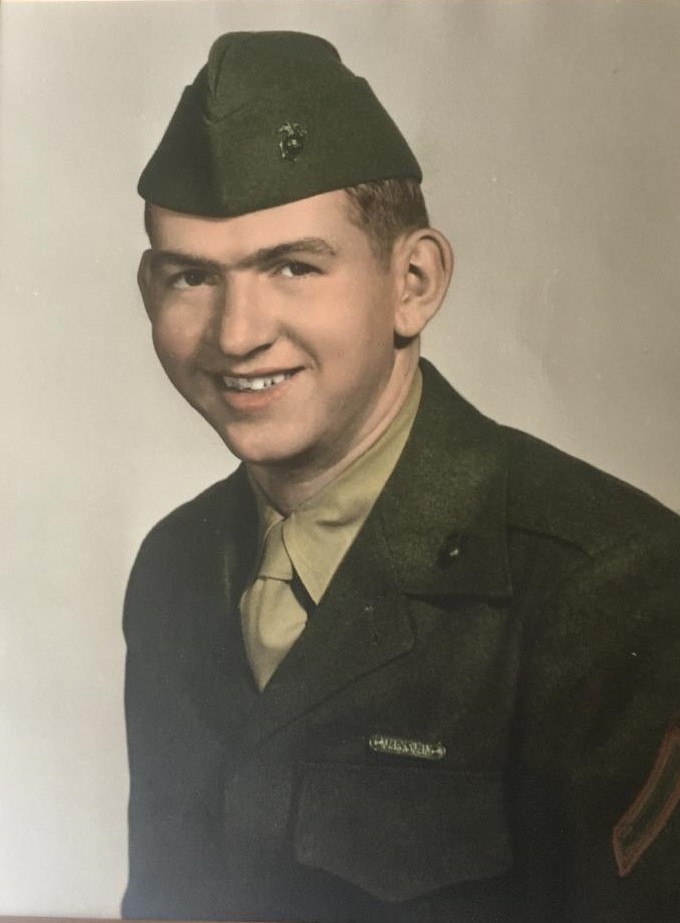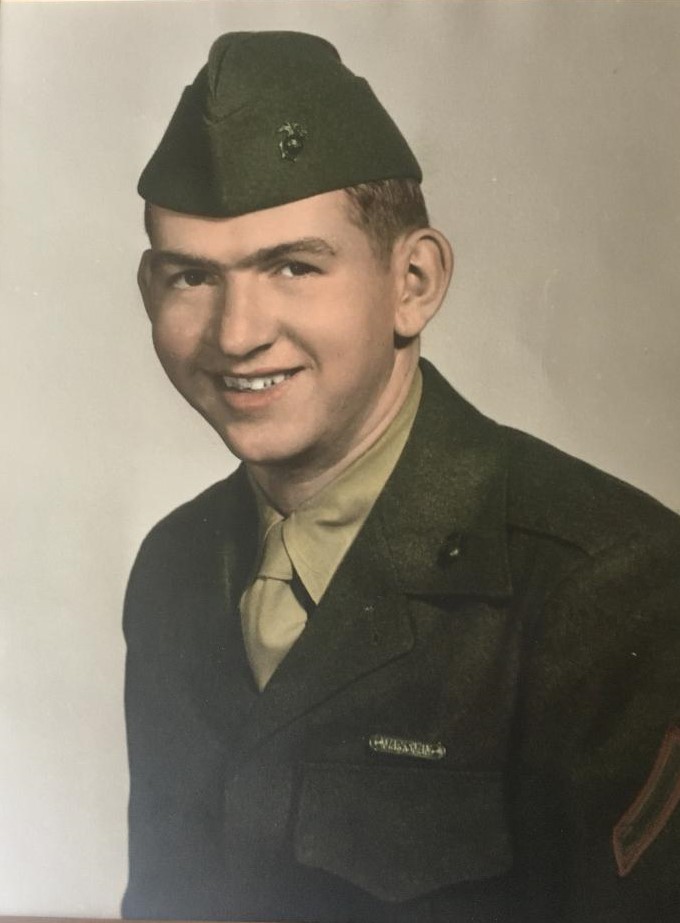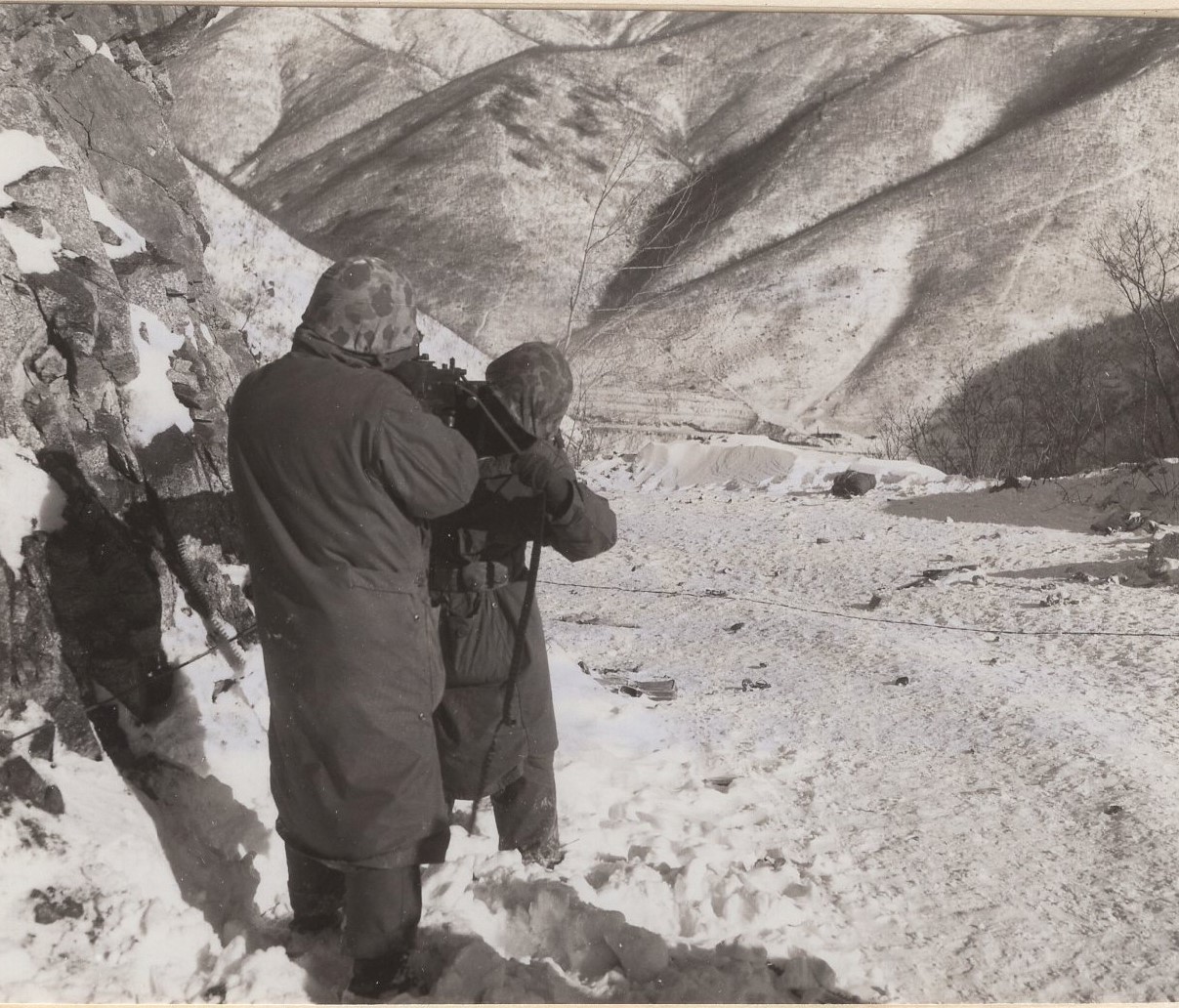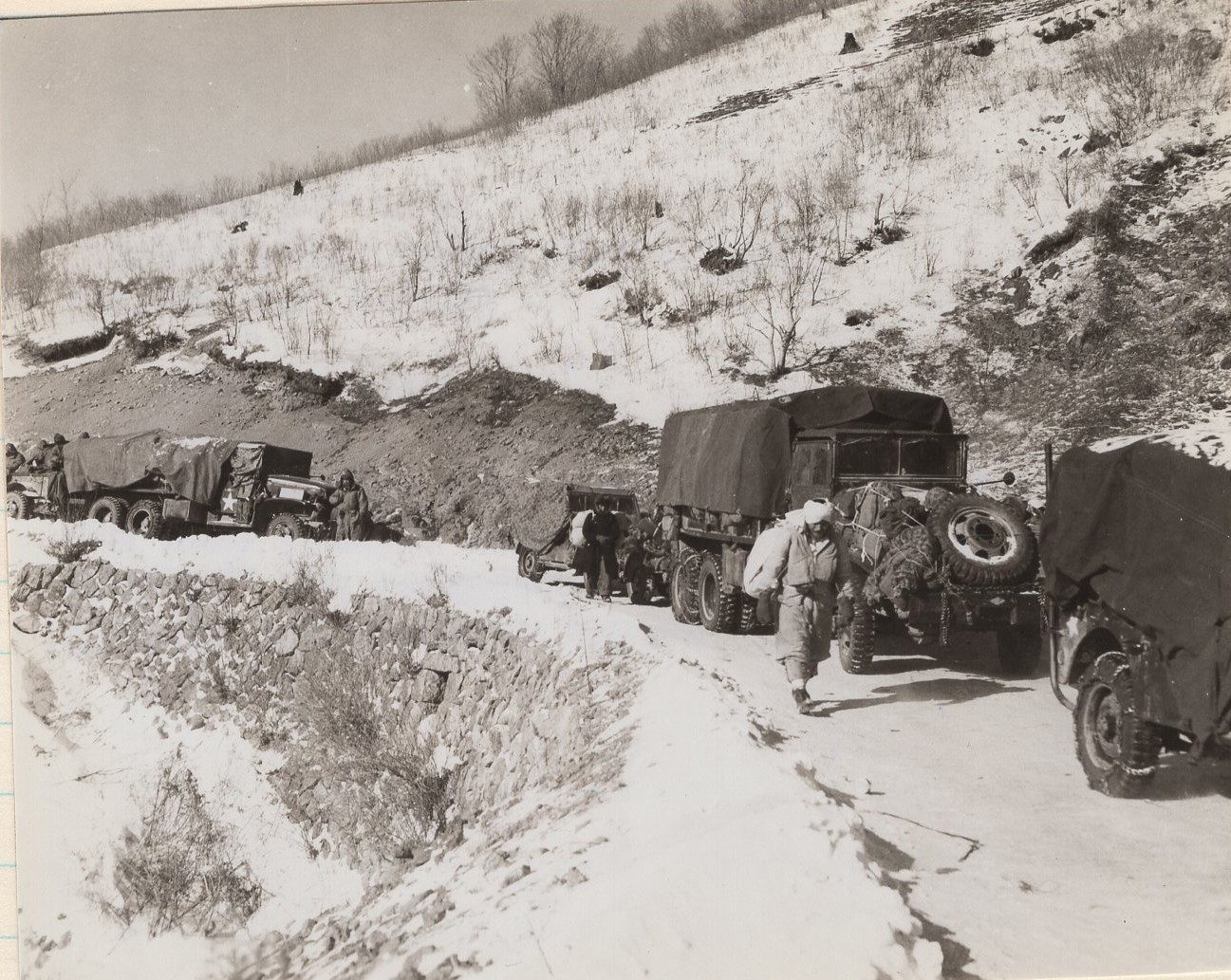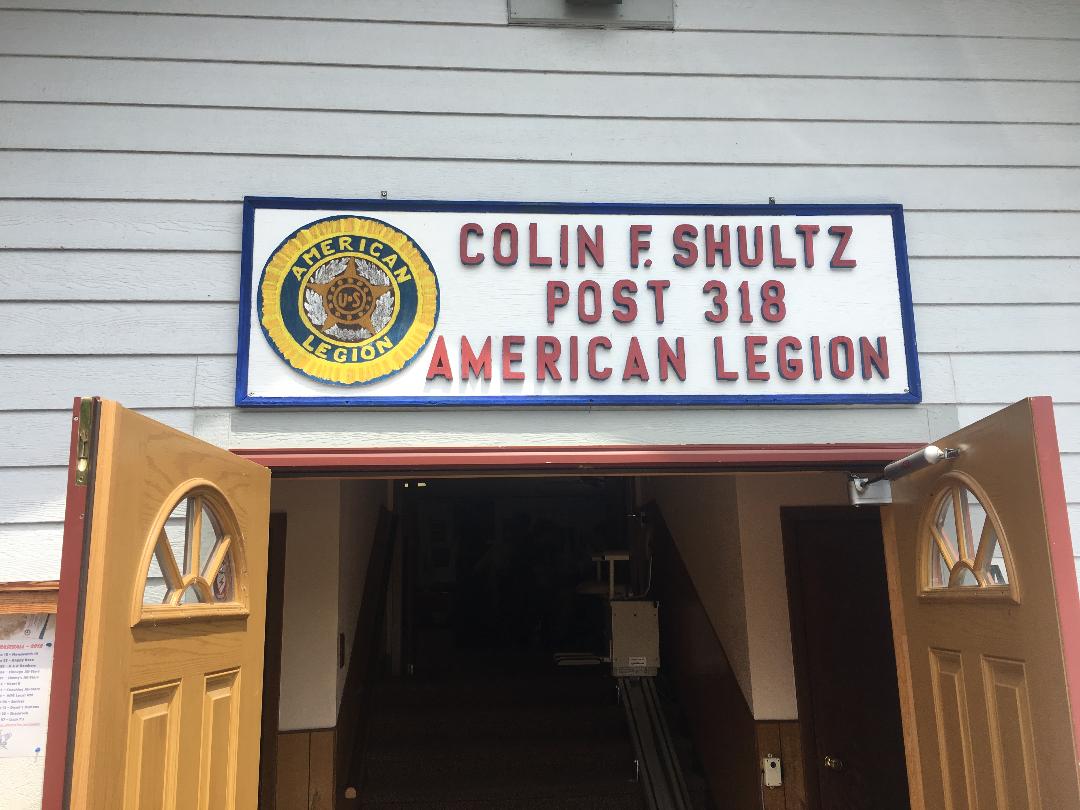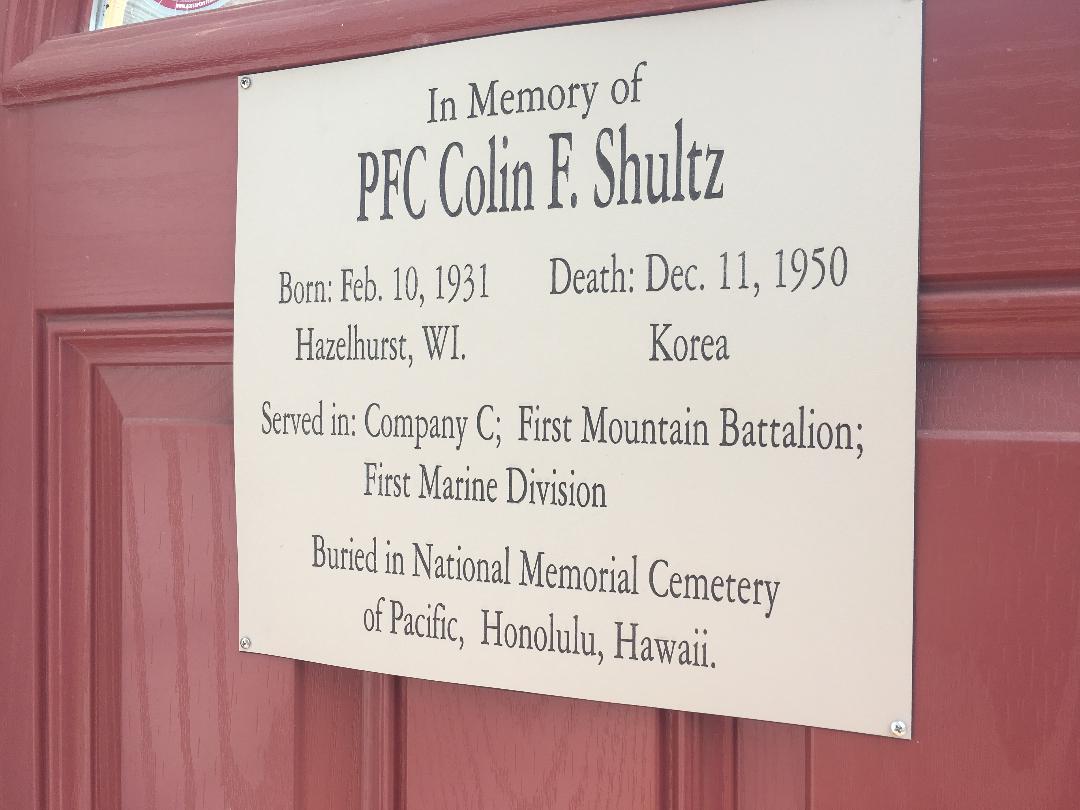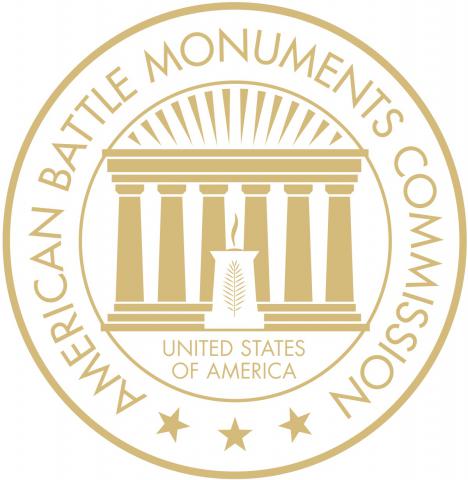1st Marine Division: Korea; General Administrative Files, Sep 1950- Mar 1955, 1st Marines, Unit Reports, 1 Sep 1950- 28 Jan 1951, Record Group 127 (Box 189); National Archives at College Park, College Park, MD.
1st Marine Division: Korea; General Administrative Files, Sep 1950- Mar 1955, 1st Motor Transport Battalion, Unit Reports Sep 1950 – May 1952, Record Group 127 (Box 221); National Archives at College Park, College Park, MD.
Ambushers are Ambushed. Photograph. December 9, 1950. National Archives and Records Administration (127-GK-234J-A5391). Image.
Colin Shultz, Official Military Personnel File, Department of the Navy. U.S. Marine Corps, Record of the U.S. Marine Corps, RG 127, National Archives and Records Administration – St. Louis
Marine Corps Activities in Korea, 1775-1958; Records of the United States Marine Corps, Record Group 127 (Box 8); National Archives at College Park, College Park, MD.
Marine Corps Activities in Korea, 1775-1958; Records of the United States Marine Corps, Record Group 127 (Box 19); National Archives at College Park, College Park, MD.
Marine Corps Activities in Korea, 1775-1958; Records of the United States Marine Corps, Record Group 127 (Box 21); National Archives at College Park, College Park, MD.
Marine Corps Activities in Korea, 1775-1958; Records of the United States Marine Corps, Record Group 127 (Box 25); National Archives at College Park, College Park, MD.
Marine Corps Activities in Korea, 1775-1958; Records of the United States Marine Corps, Record Group 127 (Box 28); National Archives at College Park, College Park, MD.
Marine Corps Activities in Korea, 1775-1958; Records of the United States Marine Corps, Record Group 127 (Box 29); National Archives at College Park, College Park, MD.
Mustacci, Chris. Dusk in the Northwoods of Wisconsin. 2018. Personal Collection.
Nehls, Heidi Swanson. Early Fall in Northern Wisconsin. Photograph. 2018. Personal Collection.
Schwartz, Anna. Northern Wisconsin Backwaters. Photograph. 2018. Personal Collection.
South of Koto-Ri. Photograph. December 10, 1950. National Archives and Records Administration (127-GK-234J-A5405). Image.
 An official website of the United States government. Here's how you know.
An official website of the United States government. Here's how you know.
 An official website of the United States government. Here's how you know.
An official website of the United States government. Here's how you know. ![]() ) or https:// means you’ve safely connected to the .gov website. Share sensitive information only on official, secure websites.
) or https:// means you’ve safely connected to the .gov website. Share sensitive information only on official, secure websites.